One of the most memorable moments in your life is asking the love of your life to marry you. You pull an engagement ring and ask them to be your partner for life. The moment they say yes, your heart rejoice and they show their appreciation of their beautiful ring.
It is more than just the stone and ring. Engagement rings are composed of different parts that work together to make the ring functional and beautiful. Having a general understanding of these parts will make it easier for you to notice differences between rings and help you communicate more efficiently with us.

First, decide on a budget. You will be confronted with a dizzying array of choices when it comes to engagement rings. Have a price range in mind before you start to shop. Going in with fairly specific parameters will help us find the right engagement ring to fit your budget.
Research. Learning about diamonds and their unique characteristics is an ideal place to start. This will help you understand how each factor influences the value of the diamond and adds to the overall appearance of the stone. You’ll learn what is most important to you and where you might want to compromise to fit your price range.
Her taste on jewellery is also very important so pay close attention to the kind of jewellery she already wears. Are they more classic or modern? Look at the colour of the metal they wear? Do they tend to be more delicate or chunky? Sleek or ornate?
Ring size. Although we offer a complimentary ring sizing, it would ideal if we get it right from the start. They will be so excited to wear the ring and therefore a perfectly fit engagement ring is a dream come true for both you and your partner. If have rings, sneak in one. Trace the inner circle on a piece of paper, or press the ring into a bar of soap for an impression. You can also slide it down one of your own fingers and draw a line where it stops. We can use these measurements to identify her approximate ring size. Our ring sizing guide will help you get the closest measurement.
Diamond and gemstone cut - have they given you any indication on what diamond shape they get excited about? If not, it is sensible to stick to the classics, such as a round or square shape. They became classics because they appeal to most people most of the time.
Certain shapes pair more successfully with other shapes in multi-stone rings. Round, oval and marquise shapes work well sitting side-by-side. Pear and heart shapes are more challenging.

Preference in shape may be reflected in other aspects. If they prefer clean, modern lines in furniture, for example, it's likely they will react well to the same aesthetic in rectangular or square shapes. If they tend towards the traditional, a round shape rarely misses. If they have a bohemian or eclectic taste, they may favour more unusual shapes, like a triangular or marquise shape.
A diamond’s cutting style refers to its facet arrangement, rather than its shape. Round-shaped diamonds, for example, are cut in the brilliant style − an arrangement of 57 or 58 facets designed to maximize the diamond’s sparkle and minimize the appearance of inclusions. The fewer the facets, the more visible any inclusions will be, so a cutting style such as a step cut (a.k.a. emerald cut), for example, requires higher clarity in the diamond.
The setting. Consider their lifestyle and how well a certain setting design will fit into it. If they're more active or outdoorsy, look for lower profile, less ornate or more secure mountings, which are less likely to get knocked against or caught on things. If they are more of a glamour girl, look for statement settings, with a higher stone profile, more intricate ring detailing or a unique motif.
While there are endless design choices, there are some basic setting types you are likely to encounter. But we advise to always be open and do not be afraid to discuss the options with us.
Solitaire - A single stone and still the most popular style choice in engagement rings. If claw set, the head secures the diamond and the prongs allow the diamond to catch the most light. A six-prong setting is more secure than four prongs. A bezel setting is even more secure and protects the girdle of the stone, but allows the diamond to catch less light than a claw setting.



Side stones - Smaller diamonds or other gemstones that flank the larger centre stone for additional sparkle or colour. Popular side stone settings include claw, channel (which protects stones by keeping them flush), and bar-channel (which allows more light to enter the side stones).

Three stone - Typically, the diamonds are the same shape with the centre diamond larger than the two side stones.

Halo Setting - The centre stone is surrounded by tiny gemstones in a pave (pah-vey) setting, usually diamonds, to add sparkle and to give the appearance of a larger center stone.

Decide on the metal - A diamond engagement ring is meant to last a lifetime so it is often made of gold or platinum - highly durable metals that can withstand many decades of daily wear. Metal colour is a matter of personal preference with gold providing more colour options: white, yellow or rose. Metal colour is also a consideration since the appearance of a diamond’s colour is affected by its surroundings. Our guide in metal composition will give you the best insight and hopefully will help in your decision making.



You don't have to do it alone. Use our expertise to help you find, design and create the engagement ring of your dreams. Your no obligation consultation with the designer and maker is the first step in finding your engagement ring.
Our CAD design services will give you the best representation of the jewellery before committing. Call us at 01892 458042 or email customercare@thediamondsetter.co.uk.
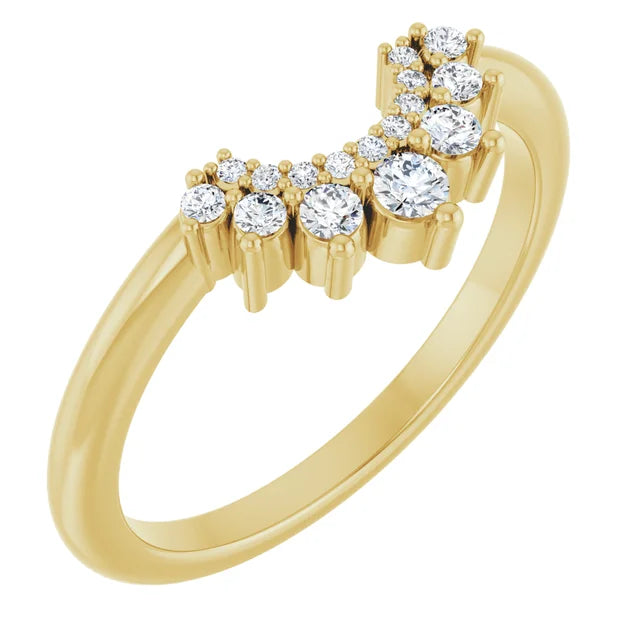
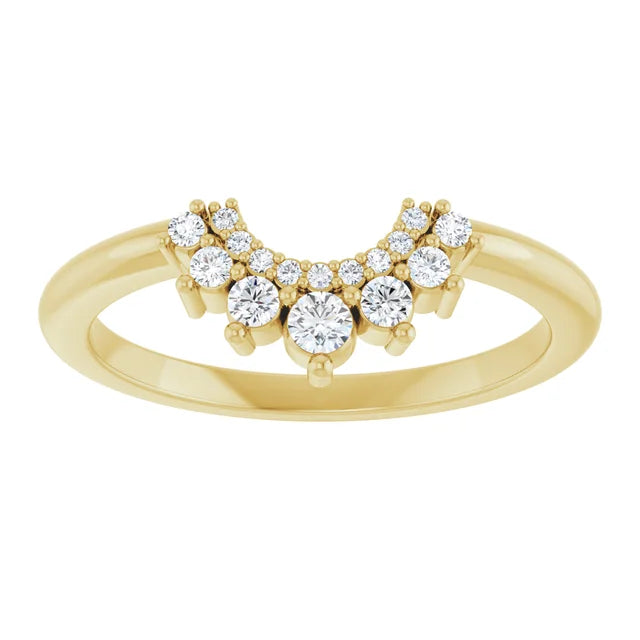
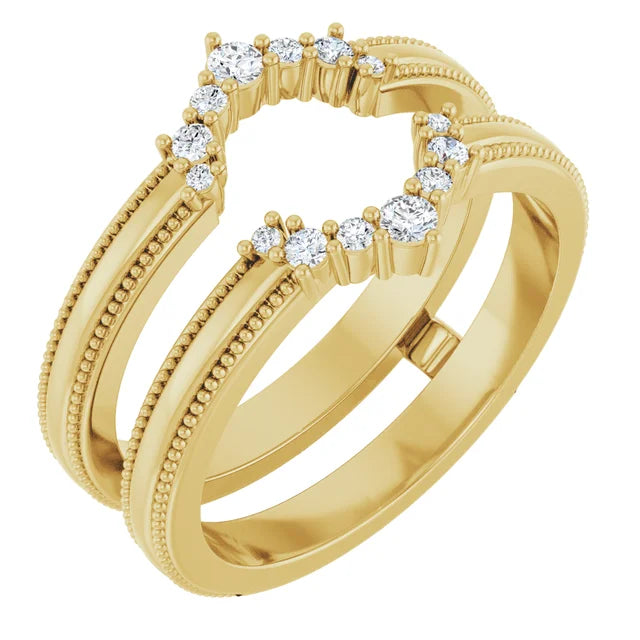
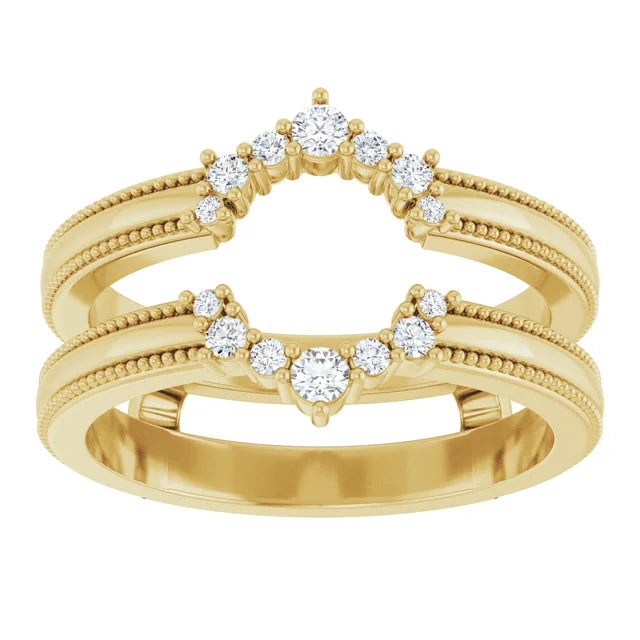
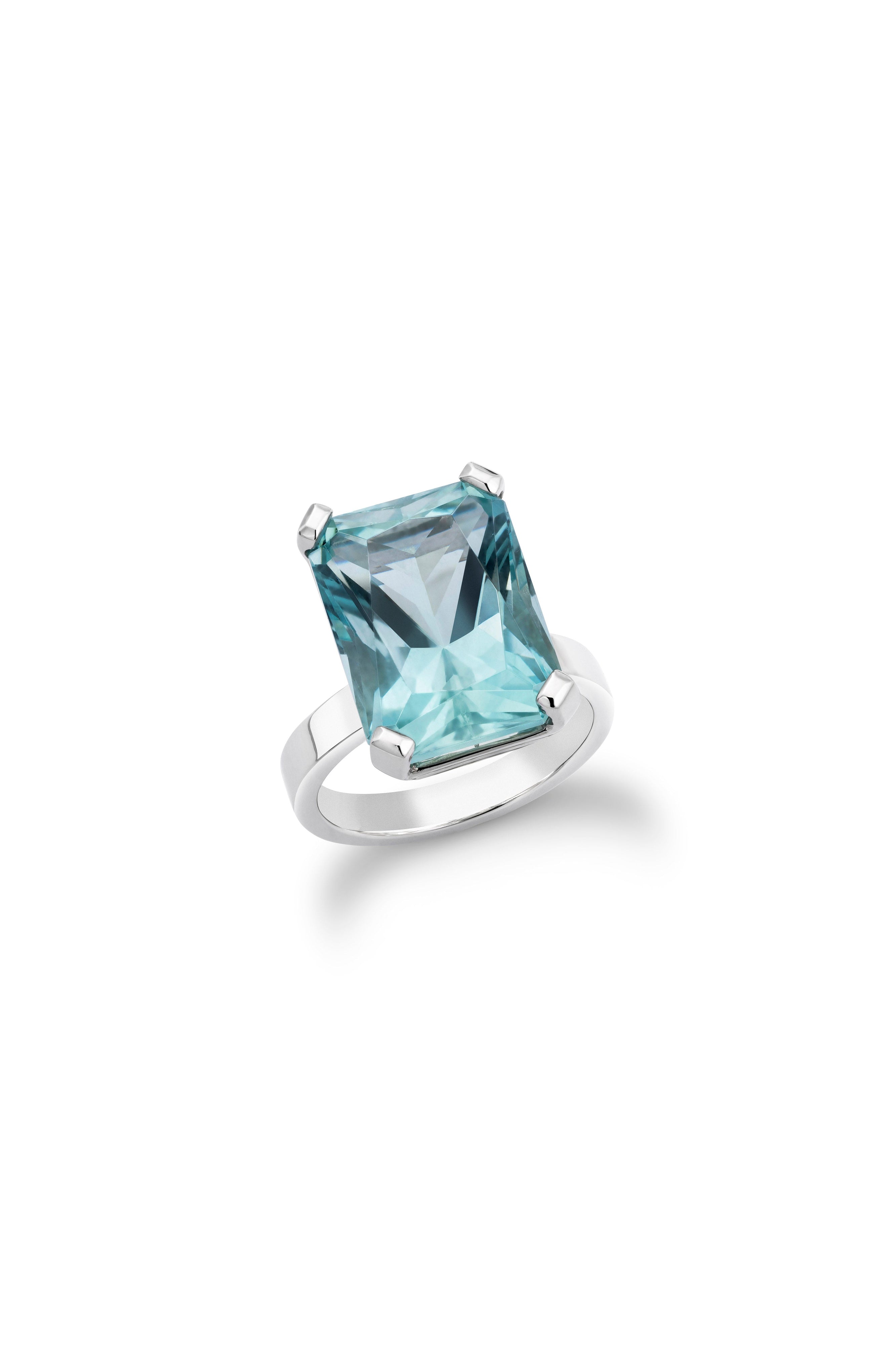
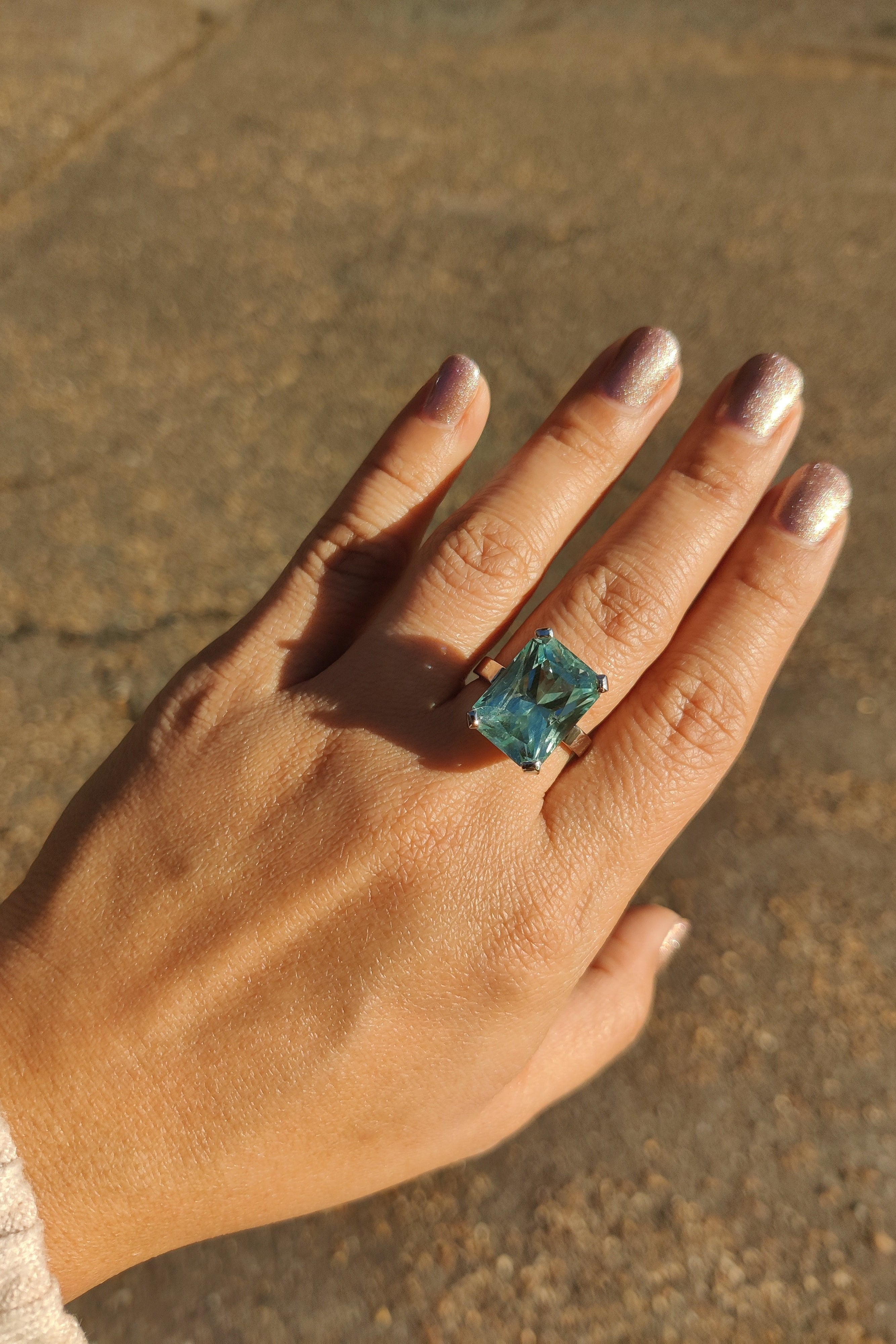
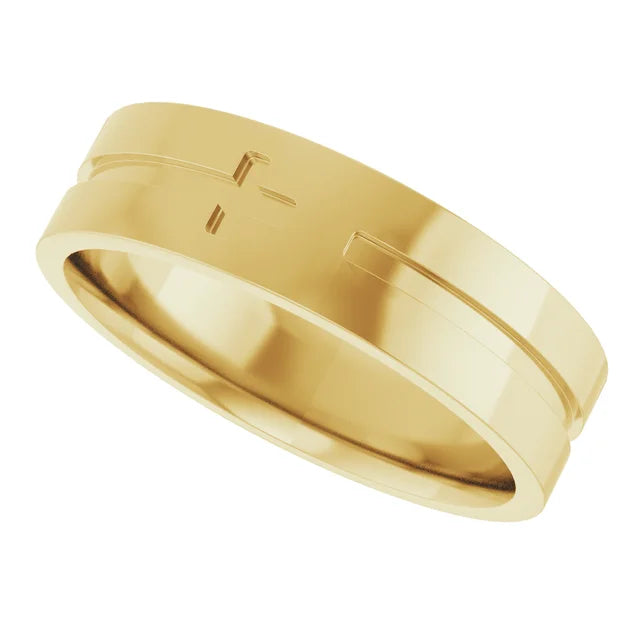
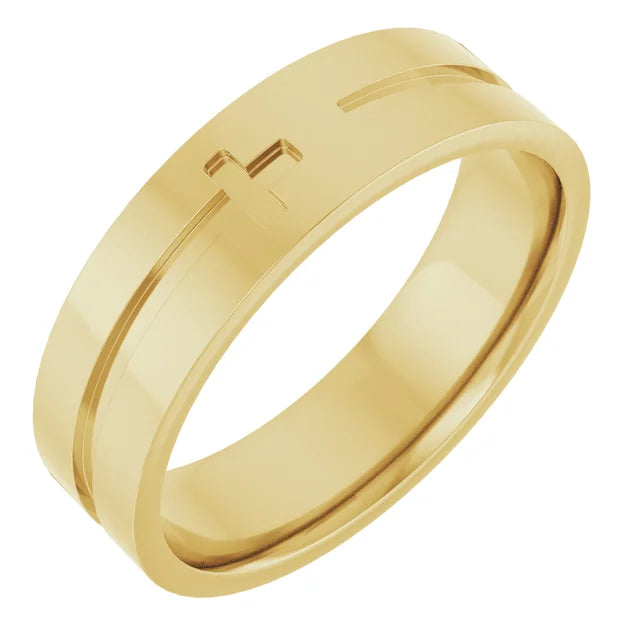


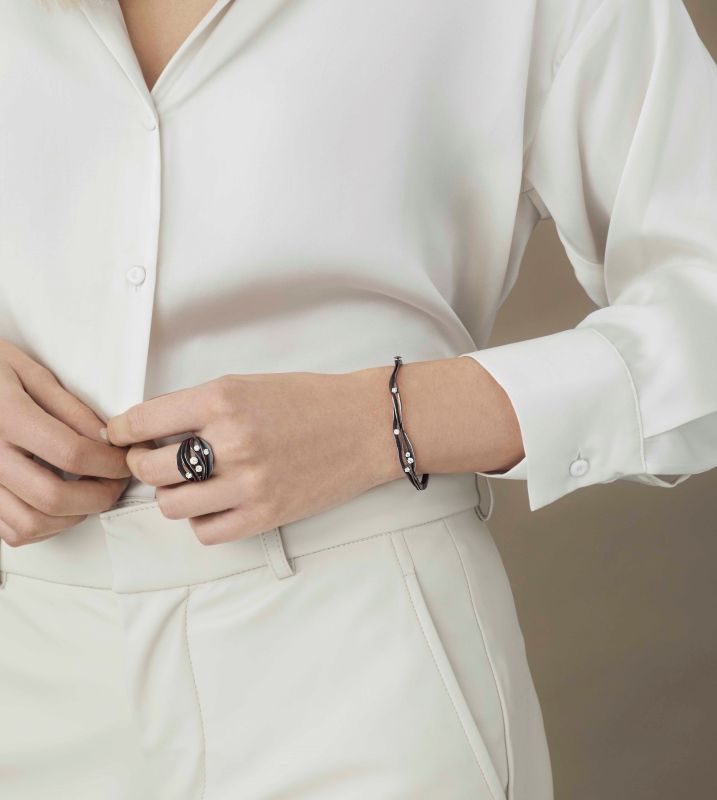

Leave a comment